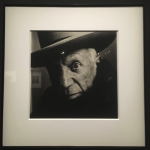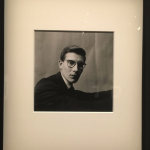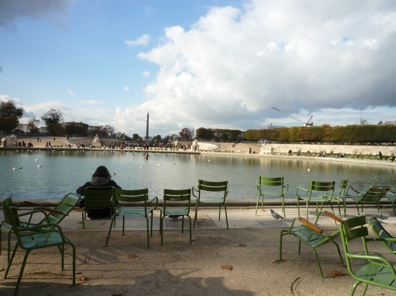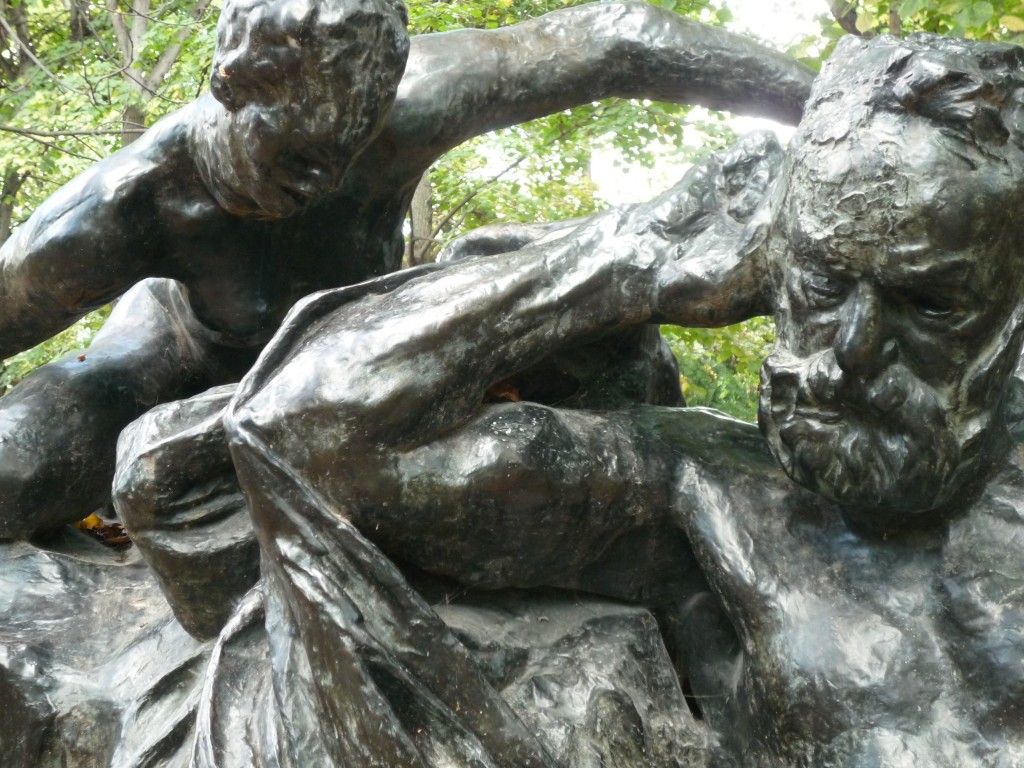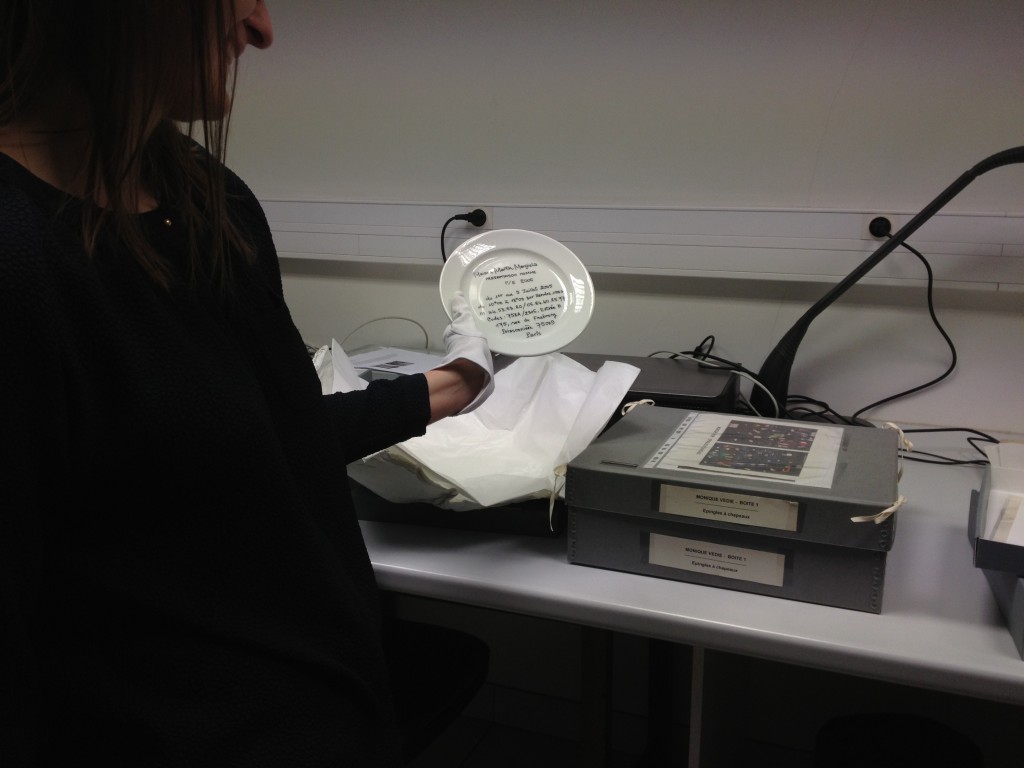Second year Fashion and Dress History students Caroleen Molenaar and Donna Gilbert discuss their visit to the Christian Dior exhibition in Paris

Fig. 1: The Colourama Room at the Christian Dior Designer of Dreams Exhibition at the Musée des Arts Décoratifs. 30 Nov. 2017. Photograph taken by the authors.
The Christian Dior, Designer of Dreams exhibition at the Musée des Arts Decoratifs in Paris (from July 5 2017 to January 8 2018), celebrated seventy years of the House of Dior. It combined the work of Christian Dior with that of the six artistic directors who followed him – Yves Saint Laurent, Marc Bohan, Gianfranco Ferré, John Galliano, Raf Simons and Maria Grazia Chiuri – in what can only be described as a sumptuous feast of fashion.
The House of Dior opened in 1946, funded by Marcel Boussac, France’s cotton king. Dior’s first collection in 1947 was described as revolutionary, but was also scandalous, requiring many yards of material in a time of austerity. Dior said “We were emerging from a period of war, of uniforms, of women-soldiers built like boxers. I drew women-flowers, soft shoulders, flowering busts, fine waists like liana and wide skirts like corolla.”[1] Carmel Snow, Editor-in-Chief of Harper’s Bazaar dubbed this the ‘New Look’ and it took the fashion world by storm, helping Paris to regain its title as the ‘Capital of Couture.’ During his ten-year reign, Dior continued to introduce new shapes such as the Oblique (1950), the Tulip (1953) and the Spindle (1957) and influenced many designers including Yves Saint Laurent and Pierre Cardin, who both worked for the House of Dior.
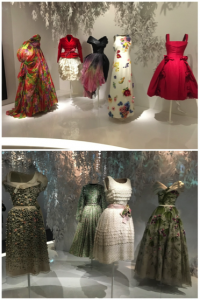
Fig. 2: The Garden Room at the Christian Dior Designer of Dreams Exhibition at the Musée des Arts Décoratifs. 30 Nov. 2017. Photograph taken by the authors.
In the exhibition, the Colourama rooms were the first to showcase all the different types of items and accessories that the House of Dior created. These included dresses, shoes, purses, tiaras, miniature dresses, perfume bottles, jewellery, gloves, and drawings. This wide array of items were displayed together, by colour, to fit in with Dior’s belief in fashion as an all-encompassing feature, with fashion accessories matching a woman’s dress to create perfect harmony.[2] In the first room (Figure 1), the colours of the items displayed ranged from tints and shades with white, going through different forms of grey ending in black; as well as warm colours, beginning with tan, to yellow, to white, to orange to pink to red. The second room was primarily made up of cool colours beginning with green, leading to dark green, dark blue, blue, grey into lilac, purple, maroon and then red.
From a young age, Dior had always had a large affinity for nature and flowers. His childhood house, Granville, had a large garden that he would sit in and enjoy. As a fashion designer, Dior would often retreat to the garden of one of his six properties to acquire inspiration for his upcoming collections.[3] The design of the Garden room in the exhibition perfectly emulated a garden through the thousands of white paper cut leaves and flowers hanging from the ceiling, and the changing coloured lights representing the different colours of flowers. All of the garments in the room had different influences of nature and flowers: from printed materials, to flower appliques, to embroidered flowers, or dresses shaped like flowers. Figure 2 shows some of our favourite dresses in this room, and shows how the influence of nature and flowers was incorporated in contrasting ways in each.
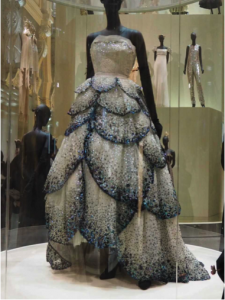
Fig. 3: Christian Dior’s Junon from the Tulip Collection, 1953. 30 Nov. 2017. Photograph by the authors.
The Ball Gown room, the last room of the exhibition, was by far the grandest in its display and content. The design of the room itself encompassed two mirrored walls, with two Rococo-style decorated walls where paintings of women wearing ball gowns by Gainsborough, Winterhalter and Renoir were hung, emulating the Hall of Mirrors in the Palace of Versailles. Dior’s interest in ball gowns stemmed from his enjoyment of high society Parisian parties held after the Second World War. Attending these balls inspired him to design many lavish garments.[4] One of our favourite ball gowns displayed in this room was Dior’s ‘Junon’ dress; made as part of his Tulip collection in 1953 (Figure 3).
Overall, Christian Dior: Designer of Dreams was an exhibition where you wanted to go back to the very first room as soon as you had left the final one, to see the things in each dress or accessory you had missed first time round. For both of us, it was the most visually-pleasing, and fashion-filled exhibit we’d been to, and has set the bar high for future fashion exhibitions.
[1] Roux and Müller, Christian Dior, 40.
[2] Roux and Müller, Christian Dior, 58.
[3] Valerie Steele, Paris Fashion, A Cultural History, (Oxford: Berg 2nd Ed, [1988] 1998) 270
[4] Raphaëlle Roux, and Florence Müller. Christian Dior: Designer of Dreams, Musée des Arts Décoratifs (Paris: French Society of Artistic Promotion. 2017) 62.




